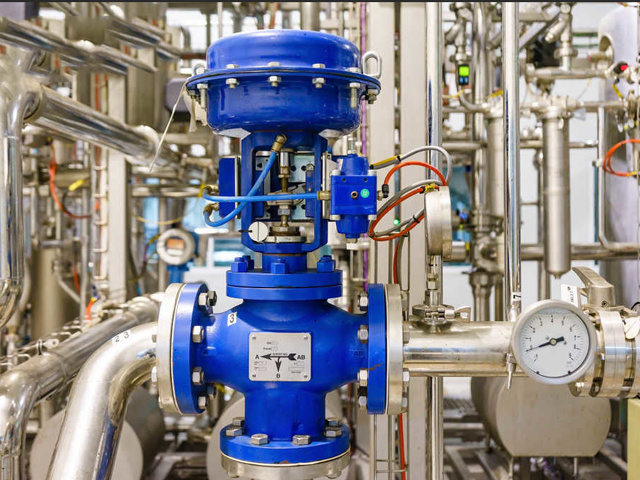How to test a good pneumatic butterfly valve
Release time: 2019-03-15
Pneumatic butterfly valve in the pipeline industry is familiar with a device system, how the quality of the product determines the quality of the project, so good quality pneumatic valve meets which requirements, performance when how to test it?
Manufacturers in the production of engineering required specifications and models of valves, first of all, the product performance to authoritative testing to ensure product quality.
Product quality testing:
Valve flow resistance coefficient detection: valve to go in the pipeline water transmission. Valve opening and closing torque only valves in the normal operating pressure state, to ensure that the number of normal valve opening and closing times, close tight and continuity.
Detection before leaving the factory:
Internal pressure testing should be carried out in the pneumatic valve open running state, test the valve body can withstand from the valve working pressure 2 times greater. In the valve closed under the state of operation can withstand from both sides of the 1.1 times the value of the work pressure, to ensure that the valve sealing should be good without leakage.
keywords:
Related News
How to extend the use cycle and stability of pneumatic ball valves
Pneumatic ball valves in industrial applications is a widely used type of general-purpose valves, the use of large quantities, consumption is also fast, the need for regular and reasonable maintenance and repair, so that the efficiency can be improved, the cost can be saved, and reduce the time of maintenance. How to make the pneumatic ball valve longer service life, stable performance, the following points need to pay attention to the factors: 1, before using the pneumatic valve debris and iron filings with water for cleaning. 2, pneumatic valve in the closed state, the valve will also have some residual media, to cut off the power supply and gas source and then clean up, the pressure in the valve body to be completely released. 3, the valve will generally use sealing materials to prevent leakage and wear, the need for regular cleaning of sealing materials into. 4, flange nuts and bolts should be fixed tight, in order to prevent uneven acceptance between the flange surface leads to gasket damage or rupture, resulting in the valve flange docking out of the media leakage. 5, if the valve is a long-term open-air work will lead to the valve and parts of the rust may make the valve can not be used normally, so the need for maintenance and testing, in order to ensure the stable operation of the performance.
View News







